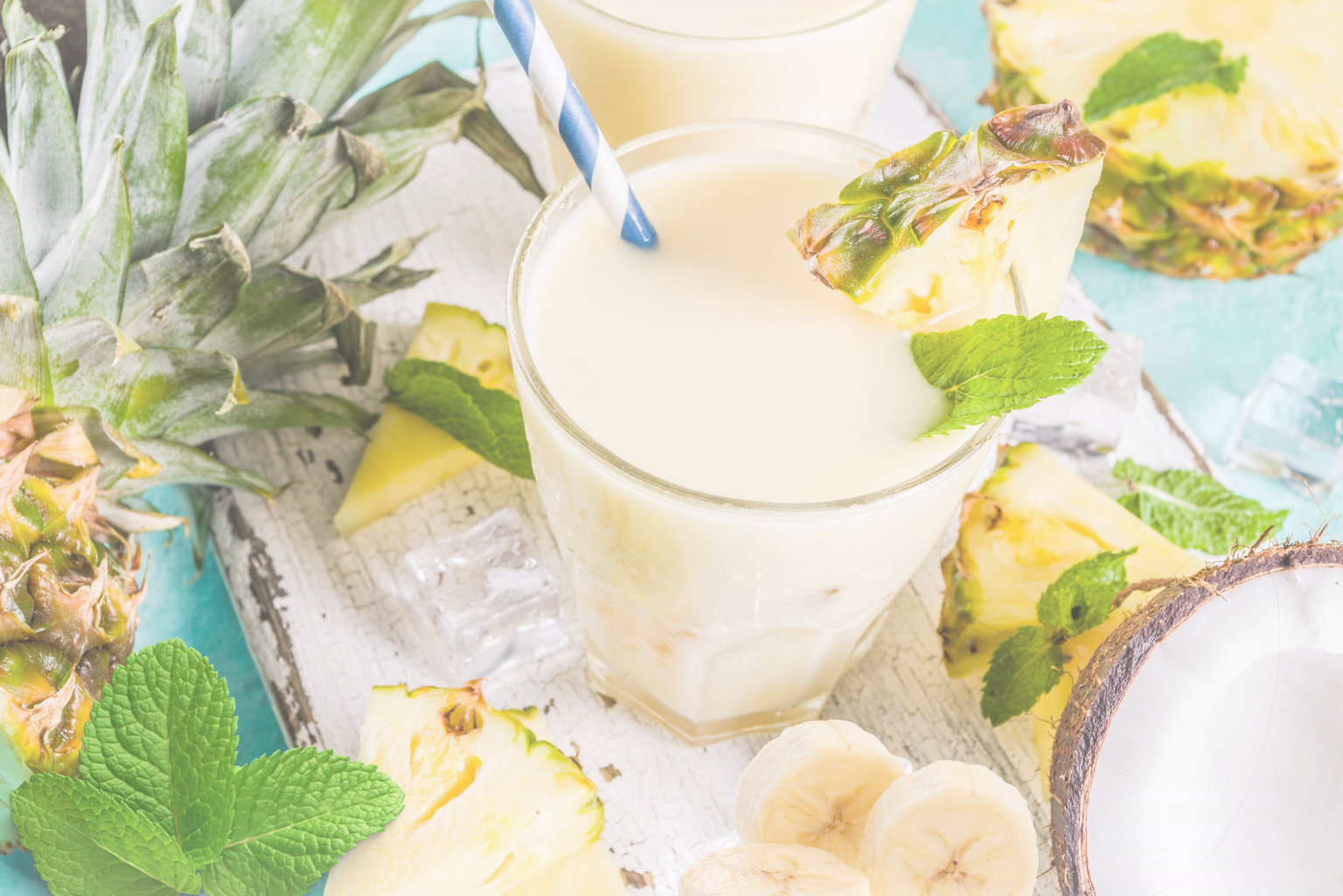
Sun-Kissed Pineapple Mint Smoothie
Your tropical getaway in a glass! Dreaming of sun-drenched pool days, even when it’s gloomy outside? Say hello to the Sun-Kissed Pineapple Mint
Your Ultimate Guide To Smart Shopping And Expert Advice For Every Aspect Of Life—From Health And Fitness To Family Care And Nutrition

Your tropical getaway in a glass! Dreaming of sun-drenched pool days, even when it’s gloomy outside? Say hello to the Sun-Kissed Pineapple Mint

Why Screen-Free Time Matters (Especially in the Early Years) We all know screens are part of modern life—and yes, they can be total lifesavers during


Why Screen-Free Time Matters (Especially in the Early Years) We

Natural Stress Support for Women Complete Guide to Natural Stress
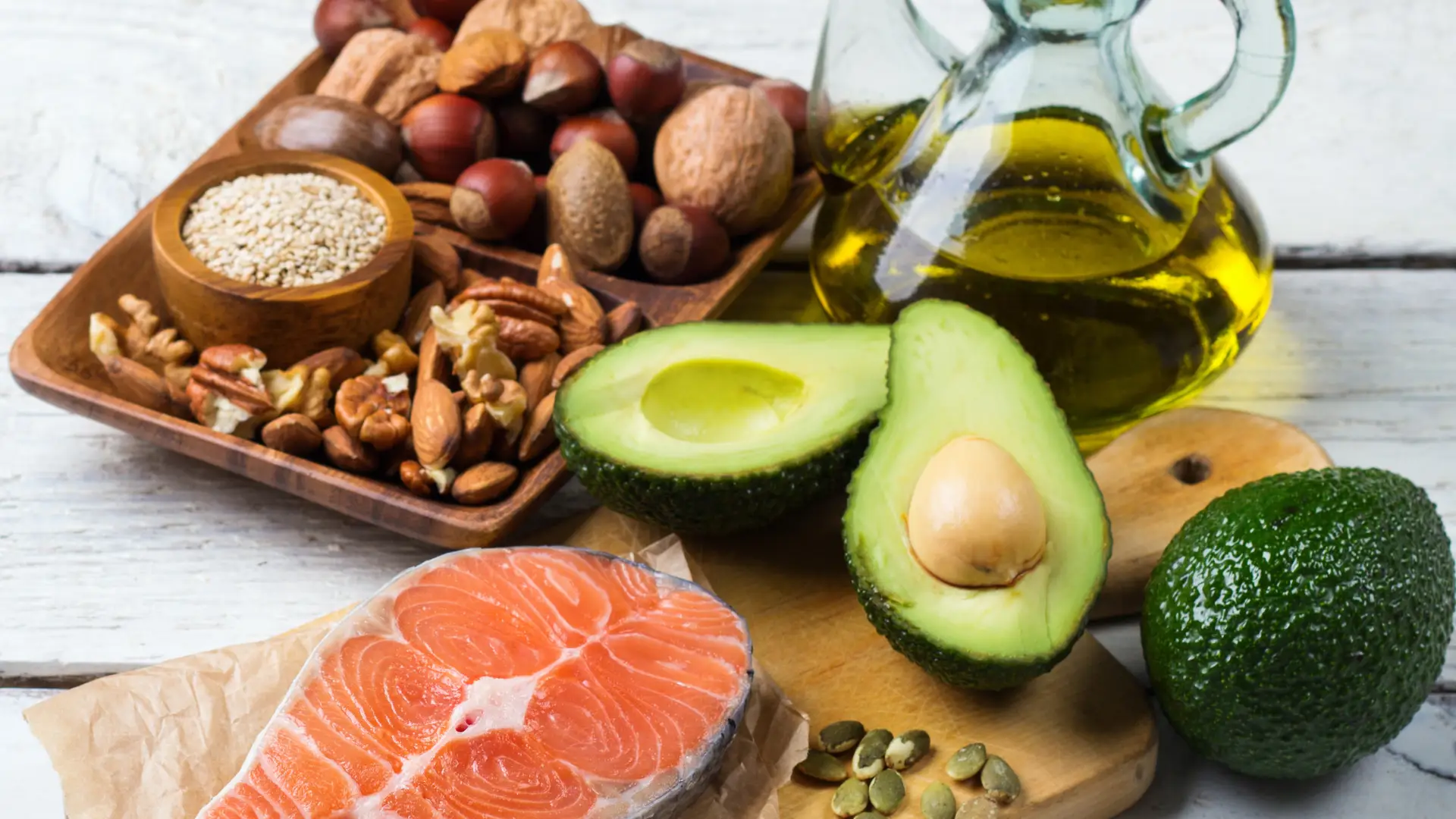
For years, fat was labeled the enemy of good health.

Your tropical getaway in a glass! Dreaming of sun-drenched pool days, even when it’s gloomy outside? Say hello to the Sun-Kissed Pineapple Mint Smoothie—a refreshingly tropical blend that tastes like summer vacation in a glass. With juicy pineapple, creamy banana, and a splash of coconut milk, this smoothie is pure sunshine. Plus, we’ve added a fresh twist: cooling mint leaves! It’s a game-changer for flavor and digestion. Smoothies are one of the easiest (and tastiest!) ways to fuel your day. This one’s loaded with vitamin C, B vitamins, fiber, and protein. Toss in a scoop of hydrolyzed collagen—like Healthful Seasons Collagen Peptides—and your skin, joints, and hair will thank you later. 🌿 What’s In It: Here’s what you’ll need to make this tropical beauty: 2 cups frozen pineapple chunks 1 cup frozen banana slices ½ cup unsweetened coconut milk ¾ cup plain nonfat Greek yogurt 1 tsp organic honey (or maple syrup for a vegan swap) 1 scoop collagen peptides (we love Healthful Seasons!) 3–4 fresh mint leaves (optional but magical) Ice (if needed) for texture 🍍 Ingredient Highlights: Pineapple Bright, juicy, and bursting with vitamin C, pineapple supports immune health and skin repair (hello, collagen production!). It’s rich in manganese, copper, and bromelain—an enzyme that helps digestion and may even support inflammation control. Banana Creamy and naturally sweet, bananas bring potassium, fiber, vitamin B6, and a luscious texture that makes every sip smooth and satisfying. Mint Cooling and invigorating, fresh mint helps soothe the digestive system and adds a crisp, clean flavor that pairs beautifully with tropical fruit. 🌀 Let’s Blend: Prep your fruit ahead of time by slicing and freezing for the best texture. (See freezer prep tips below!) Add everything to a high-speed blender. Blend until smooth and creamy. Add a little water or more coconut milk if it’s too thick. Pour into your favorite smoothie glass, top with shredded coconut, a sprig of mint, or a slice of pineapple. Sip and smile. ❄️ Freezer Prep Tips: Pineapple: Buy a whole pineapple, cut into chunks, and freeze on a parchment-lined tray. Store in freezer-safe bags for easy use. Pre-cut or canned pineapple (in juice, not syrup!) works too. Bananas: Slice ripe bananas and freeze in bulk. This makes smoothies creamy and reduces waste. Bonus: no need for added sugar! 🍍Smoothie Essentials: If you’re making smoothies often, these tools make a big difference: Vitamix E310 Blender – Powerful enough for frozen fruit and super smooth blends. Reusable Smoothie Tumblers – Eco-friendly and perfect for sipping on the go. 🔍 Nutrition Snapshot: Calories: 427 Fat: <1g Fiber: 8g Protein: 23g Whether you’re lounging poolside, working from home, or need a burst of tropical joy in your day, the Sun-Kissed Pineapple Mint Smoothie delivers on flavor, nutrition, and feel-good vibes.

Why Screen-Free Time Matters (Especially in the Early Years) We all know screens are part of modern life—and yes, they can be total lifesavers during dinner prep or long car rides (no shame in that!). But when it comes to brain development, especially in the early years, what kids aren’t doing matters just as much as what they are. Here’s the wild part: a child’s brain doubles in size during the first year, and by age 3, it’s already 80% developed. By 5? It’s up to 90%. That means the early years are absolutely packed with potential—and every minute really does count. Screen-free play isn’t just a nice idea; it’s fuel for developing brains. It supports: Faster neural growth through movement, hands-on exploration, and real-world problem-solving Stronger emotional regulation as kids process feelings through pretend play and physical activity Better communication skills that come from face-to-face interactions, not just screen swipes And as kids get older, balance becomes even more important. Too much screen time—especially in the preteen and teen years—has been linked to mood swings, sleep struggles, anxiety, and trouble connecting emotionally. While we can’t (and don’t need to) ban screens completely, building in regular screen-free play helps protect their mental and emotional health long-term. Bottom line? Every screen-free moment is an investment in your child’s growth. And the good news is, with the right activities, they might not even miss the screens. Why Screen-Free Matters in a Digital World We all use screens as occasional digital babysitters (no judgment here!), but carving out time away from screens is more important than ever. Here’s what your child gets from screen-free play: Brain development: Active play lights up different parts of the brain than passive screen time. It’s essential for healthy growth. Creativity expansion: When kids create their own fun, they stretch their imagination in ways screens can’t replicate. Physical development: Most screen-free play naturally gets kids up and moving—great for their bodies and energy levels. Social skills practice: Real-life interactions help kids learn communication, empathy, and cooperation. Emotional regulation: Play without screens helps kids work through feelings and build emotional resilience. Even short bursts of meaningful, screen-free play can lead to better focus, improved sleep, and more balanced behavior[1][7]. The trick? Make these activities fun and engaging—so kids actually want to unplug! 💡PARENT TIP Even 30 minutes of screen-free play daily can make a noticeable difference in your child’s behavior and sleep quality. Start small and build from there! Prepare For Screen-Free Time Before we get to the actual activity ideas, let’s talk about how to set your home and routines up for success. Whether your child is 3 or 13, a few intentional shifts in your space—and in your habits—can make unplugged fun more appealing. 1. Create Screen-Free Zones If the only things easily accessible are remotes and tablets, that’s what kids will reach for. Try creating small “play zones” throughout your home that naturally draw your child’s interest: A cozy reading nook with rotating book selection An arts and craft corner with age-appropriate supplies A pretend play zone with dress-up clothes and props (great for the younger kids!) A building space with blocks, LEGO, or construction toys An outdoor grab-and-go kit with chalk, balls and nature tools When screen-free materials are visible and enticing, kids are more likely to choose them over devices. 2. Try a Short “Screen Reset” If screens have become the default entertainment, consider a brief “screen fast” to reset everyone’s expectations. A weekend of intentional screen-free time can break the digital dependency cycle and open kids up to alternatives. 3. Model the Balance Little eyes are always watching. If you’re saying “no screens” while scrolling Instagram, the mixed message makes it harder to set limits. Try establishing screen times for yourself, too—like keeping phones off during meals or playtime. 4. Focus on Connection, Not Pinterest Forget perfect. Kids don’t need a curated experience—they need you. Even just 10–15 minutes of fully present, imperfect play each day has a huge impact on their development (and your relationship!). ✨5 Quick and Easy Ways to Support Screen-Free Play Designate one drawer or shelf in each room for screen-free activity supplies Create a “boredom buster” jar with activity ideas written on popsicle sticks Schedule a screen-free weekend once a month as a family reset Set up a family charging station away from bedrooms and living areas Take “before” photos of play spaces to remind yourself mess is part of the process 20 Screen-Free Ideas Backed by Research For Energetic Kids (Ages 3-8) These screen-free play ideas channel physical energy in positive ways: 1. Indoor Obstacle Course Transform your living room into a challenge course using pillows, furniture, and masking tape lines. Time their runs and watch them try to beat their records! You can adjust difficulty based on age and ability. Boosts physical coordination and problem-solving[6][7]. 2. Dance Party Freeze Crank up favorite songs and dance wildly, freezing when music stops. For extra giggles, freeze in silly positions or specific shapes you call out. This simple activity tops many parents’ lists of go-to screen-free play ideas because it requires zero prep. Encourages movement and self-regulation[7]. 3. Animal Movement Game Write different animals on paper scraps and put them in a bowl. Kids draw one and must move like that animal until the next turn. These ideas tap into children’s natural love of pretend and physical comedy. Supports imaginative play and gross motor skills[10]. 4. Balloon Games Keep a balloon from touching the ground, play balloon volleyball, or create balloon tennis with paper plates taped to sticks. The slow-motion movement of balloons makes this accessible even for younger children. Develops hand-eye coordination and teamwork[7]. 5. Sensory Bins Fill containers with rice, beans, water beads, or sand, then add measuring cups, funnels, and small toys. These activities engage multiple senses and can keep kids absorbed for surprising lengths of time. Engages multiple senses, supporting cognitive and emotional development[3][7]. 🌟Quick tip: Keep a few of these in your back

Natural Stress Support for Women Complete Guide to Natural Stress Support: Science-Backed Solutions for Women Why Stress Management is Essential for Women Stress management is particularly crucial for women’s health and well-being for several key reasons: Physical health impacts – Chronic stress contributes to cardiovascular problems, weakened immune function, and hormonal imbalances that can affect menstrual cycles and fertility Mental health vulnerability – Women have higher statistical rates of anxiety and depression, which unmanaged stress can significantly worsen Reproductive health effects – Stress can disrupt menstrual health, fertility, and increase pregnancy/postpartum complications Metabolic disruption – Elevated cortisol from stress promotes abdominal weight gain and slows metabolism Sleep disruption – Women experience higher rates of stress-related insomnia, creating a cycle of fatigue and increased stress Relationship strain – Chronic stress negatively impacts communication, conflict resolution, and can lead to social isolation Career challenges – Reduced productivity and increased risk of burnout, especially for women balancing multiple roles Long-term health risks – Increased susceptibility to chronic diseases that disproportionately affect women and accelerated aging Effective stress management helps women maintain physical health, emotional balance, and overall well-being for a more fulfilling life. After evaluating over 30 stress relief supplements on the market, we’ve identified our top five recommendations based on ingredient quality, clinical research, bioavailability, and real-world effectiveness. While Healthful Seasons Ashwagandha with Black Pepper earned our overall top recommendation for its exceptional formulation and value, each of our selected supplements offers specific benefits for women seeking natural stress support. Our comprehensive testing considered potency, absorption enhancement, clean formulations, and reported user experiences to ensure we’re recommending truly effective options for various stress-related concerns. Jump to Our Top Picks for The Best Natural Stress Support Best Overall: Ashwagandha with Black Pepper by Healthful Seasons ➤See Review Best Adaptogen Blend: Rhodiola Rosea by Pure ➤See Review Best B-Complex: Basic B Complex by Thorne ➤ See Review Best Full Spectrum Magnesium: Magnesium 7 by Organixx ➤See Review Most Potent Vitamin D: Plant-Based by Nordic Naturals ➤See Review Disclaimer: Some of the products tested below were provided for free to Healthline editors or writers. Our opinions are ours alone, and have not been reviewed, approved, or otherwise endorsed by the product manufacturers. Economy Under $20 Standard $20 -$40 Premium Over $40 Detailed Product Reviews Note on Scores: These scores reflect both the strength of the scientific evidence supporting each supplement’s use and their specific effectiveness for stress reduction based on available research. The B-Complex scores highest for research validation due to the extensive body of literature on B vitamins, while Ashwagandha scores highest for stress reduction efficacy due to its direct impact on cortisol levels and demonstrated results in stress-specific studies. Best Overall Ashwagandha with Black Pepper from Healthful Seasons Number of serving per container: 30 Form: Capsules Dose: 810mg Certifications: Non-GMO, cGMP certified, 3rd party tested Price: $12.71 SHOP NOW THE BEST REVIEWS FOR YOU Our Score Breakdown Stress Reduction Efficacy 0% Research Validation 0% What Our Experts Say: Healthful Seasons Ashwagandha with Black Pepper stands out as our top pick due to its exceptional formulation. While specific clinical trials on the combination of ashwagandha with black pepper are limited, the synergistic effect of piperine in black pepper is well-documented. Piperine, a bioactive compound found in black pepper, is widely recognized for its ability to enhance the bioavailability of various nutrients and drugs. Research across multiple clinical studies has consistently demonstrated ashwagandha’s effectiveness in reducing stress and anxiety levels, lowering cortisol, and improving sleep quality in participants with insomnia. Studies also indicate ashwagandha offers promising benefits for cognitive function, muscle strength, and physical endurance, particularly among athletes engaged in resistance training. Our testing revealed clean, easy-to-swallow capsules with no aftertaste. Users typically report noticeable effects within 2-3 weeks of consistent use. The 800 mg dose of Ashwagandha Extract + 10 mg of Black Pepper Extract falls within the clinically studied range of 500-1,200 mg daily shown to be effective for stress reduction, sleep improvement, and enhanced physical performance. Pros & Cons Pros: The 800mg ashwagandha dosage falls within the clinically effective range (500-1,200mg) Contains 95% piperine (black pepper extract), providing a high-quality bioavailability enhancer Standardized to 2.5% withanolides, ensuring consistent potency of active compounds Clean formulation with no aftertaste improves long-term adherence Addresses multiple evidence-backed benefits including stress reduction, sleep quality, and physical performance Cons: Limited specific clinical trials on the ashwagandha-black pepper combination The 800mg dosage exceeds the most common clinical protocol (600mg daily) Product details Number of servings: 30 per bottle Active ingredient(s) (serving strength): 800 mg Ashwagandha Extract (2.5% withanolides)+ 10 mg of Black Pepper Extract (Std to 95% piperine) Best Adaptogen Blend Rhodiola Rosea from Pure Number of servings: 180 Form: Capsule Dose: 100mg Certifications: NON-GMO Price: $40.60 SHOP NOW THE BEST REVIEWS FOR YOU Our Score Breakdown Research Validation 0% Stress Reduction Efficacy 0% What Our Experts Say: Pure’s Rhodiola Rosea provides targeted support for burnout and fatigue-related stress, particularly effective during periods of high cognitive demand. Clinical studies demonstrate rhodiola’s ability to improve stress resilience while enhancing mental performance without the jittery side effects common with stimulants. Its adaptogenic properties help normalize stress hormone production while supporting energy at the cellular level, making it especially valuable for women experiencing chronic stress conditions. Pros & cons Pros: Specifically effective for burnout and fatigue-related stress Faster acting than many adaptogens (10-14 days) Enhances mental performance while reducing stress No stimulant-like side effects Supports both acute and chronic stress conditions Cons: May not address sleep issues as effectively as ashwagandha Some users report mild digestive discomfort Limited effectiveness for anxiety-dominant stress Product details Number of servings: 90 Active ingredient(s) (serving strength): Rhodiola (Rhodiola rosea), extract (root) (standardized to contain 3% total rosavins and 1% salidroside) Best Full-Spectrum Magnesium Magnesium 7 from Organixx Number of servings: 30 Form: Tablet Dose: 500mg Certifications: cGMP, NON-GMO Price: $28.77 SHOP NOW THE BEST REVIEWS FOR YOU Our Score Breakdown Research Validation 0% Stress Reduction Efficacy 0% What Our Experts Say: Organixx offers seven complementary forms of magnesium

For years, fat was labeled the enemy of good health. Low-fat and fat-free diets were touted as the best way to lose weight, prevent heart disease, and improve overall well-being. However, recent research shows that not all fats are bad—some are essential for optimal health. Healthy fats provide energy, support brain function, balance hormones, and help absorb fat-soluble vitamins (A, D, E, and K). Here’s a look at high-fat foods that are packed with essential nutrients and health benefits. 1. Avocados: The Heart-Healthy Superfood Avocados are unique among fruits because they are primarily composed of healthy monounsaturated fats. These fats have been shown to support heart health by lowering bad LDL cholesterol while maintaining or even increasing good HDL cholesterol levels (1). Nutritional Benefits of Avocados Rich in potassium (more than bananas), which helps regulate blood pressure High in fiber, promoting gut health and satiety Contains lutein, an antioxidant beneficial for eye health Tip: Add avocado slices to salads, blend into smoothies, or mash it into a healthy guacamole. 2. Nuts: Nutrient-Dense Powerhouses Almonds, walnuts, pistachios, and macadamia nuts are excellent sources of heart-healthy unsaturated fats, fiber, and plant-based protein. Research shows that regular nut consumption is linked to a reduced risk of cardiovascular disease (2). Nutritional Benefits of Nuts High in vitamin E, an antioxidant that supports skin health Contains plant sterols, which help lower cholesterol Rich in magnesium, important for muscle and nerve function Tip: Opt for raw or dry-roasted nuts and avoid heavily salted or sugar-coated varieties. 3. Olive Oil: A Staple of the Mediterranean Diet Olive oil, especially extra virgin olive oil, is loaded with monounsaturated fats and polyphenols—powerful antioxidants that protect against inflammation. Studies have shown that people who consume olive oil regularly have a lower risk of heart disease and stroke (3). Nutritional Benefits of Olive Oil Anti-inflammatory properties help protect against chronic diseases Supports cognitive function and brain health Helps regulate blood sugar levels Tip: Drizzle olive oil over salads, roasted vegetables, or use it as a dip for whole-grain bread. 4. Fatty Fish: A Brain and Heart Booster Salmon, sardines, mackerel, and trout are rich in omega-3 fatty acids, which are essential for heart and brain health. These fatty acids reduce inflammation, lower triglycerides, and support cognitive function (4). Nutritional Benefits of Fatty Fish High in DHA and EPA, two critical omega-3 fatty acids Reduces the risk of heart disease and stroke Supports mental health and may reduce symptoms of depression Tip: Aim for two servings of fatty fish per week to meet your omega-3 needs. 5. Dark Chocolate: A Guilt-Free Indulgence Yes, chocolate can be healthy—if you choose dark chocolate with at least 70% cocoa content. Dark chocolate is rich in heart-protective flavonoids, which improve blood flow and lower blood pressure (5). Nutritional Benefits of Dark Chocolate High in antioxidants that combat oxidative stress May improve mood and cognitive function Supports heart health by reducing blood pressure Tip: Enjoy a square or two of dark chocolate as a satisfying dessert without overindulging. 6. Chia Seeds & Flaxseeds: Small But Mighty These tiny seeds are packed with omega-3s, fiber, and plant-based protein. Studies suggest that flaxseeds and chia seeds help lower cholesterol and improve gut health due to their high soluble fiber content (6). Nutritional Benefits of Chia & Flaxseeds High in alpha-linolenic acid (ALA), a type of plant-based omega-3 Excellent source of fiber for digestive health Supports healthy blood sugar levels Tip: Sprinkle chia or flaxseeds over yogurt, smoothies, or oatmeal for an extra nutrient boost. 7. Full-Fat Dairy: A Controversial Yet Nutritious Choice Full-fat dairy products like yogurt, cheese, and milk contain healthy fats and essential vitamins. Some research suggests that full-fat dairy may help with weight management and reduce the risk of type 2 diabetes (7). Nutritional Benefits of Full-Fat Dairy Contains conjugated linoleic acid (CLA), which may support fat loss High in calcium and vitamin D for bone health Supports gut health with probiotics in fermented dairy like yogurt Tip: Choose high-quality, organic, or grass-fed dairy for the best nutrient profile. The Bottom Line Fat is not the enemy—it’s an essential nutrient that plays a crucial role in overall health. Instead of avoiding all high-fat foods, focus on consuming healthy fats from whole, minimally processed sources. Including foods like avocados, nuts, olive oil, and fatty fish in your diet can support heart health, brain function, and overall well-being. RECENT POST Sun-Kissed Pineapple Mint Smoothie Your tropical getaway in a glass! Dreaming of… Read More Why Screen-Free Time Matters (Especially in the Early Years) Why Screen-Free Time Matters (Especially in the Early Years) We… Read More Natural Stress Support for Women Natural Stress Support for Women Complete Guide to Natural Stress… Read More High-Fat Foods That Are Actually Healthy For You For years, fat was labeled the enemy of good health…. Read More The Surprising Health Benefits of Cinnamon Cinnamon isn’t just a fragrant spice that makes your kitchen… Read More The Science-Backed Benefits of Ashwagandha for Men’s Health When it comes to optimizing men’s health, natural adaptogens like… Read More Load More
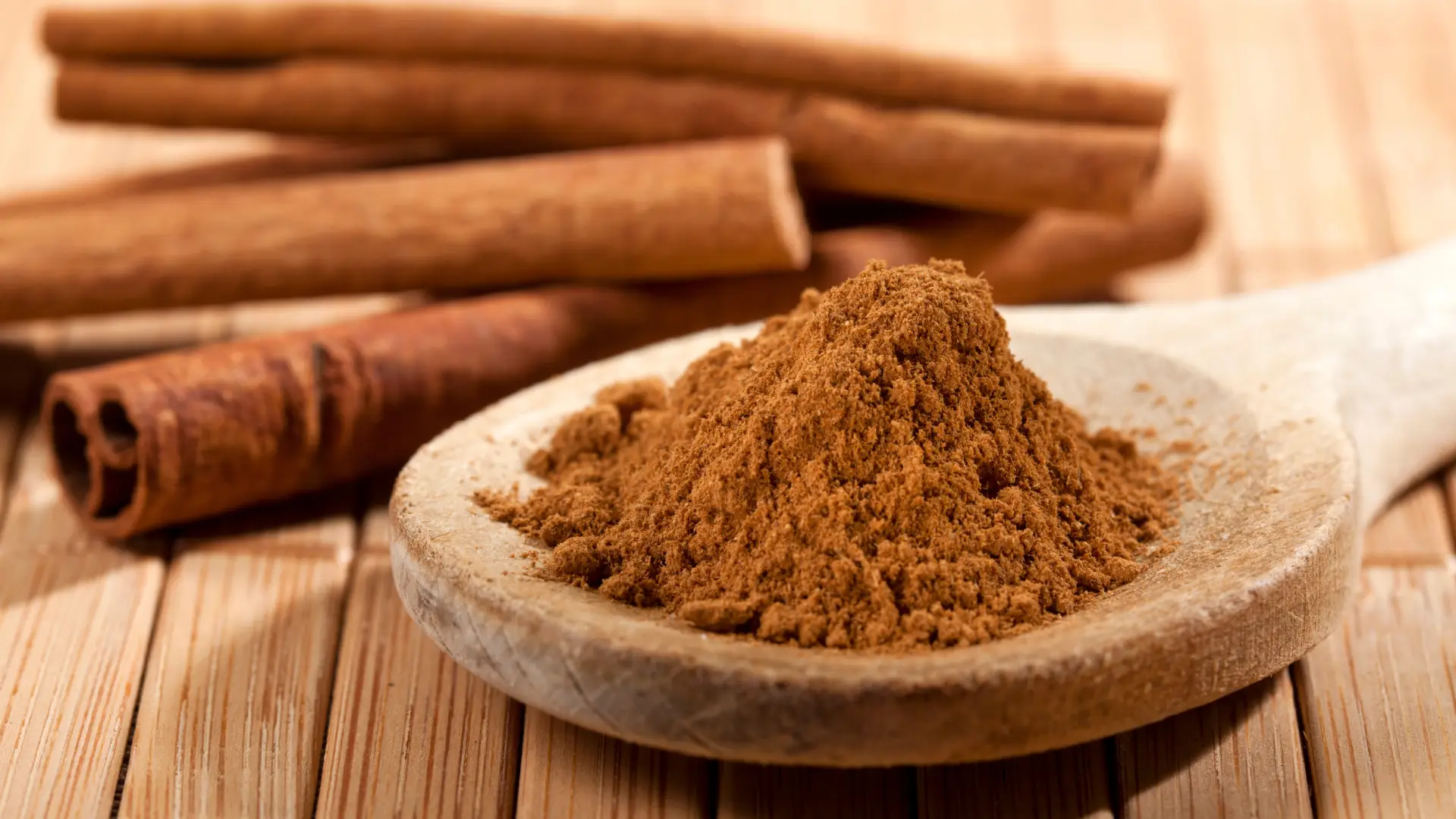
Cinnamon isn’t just a fragrant spice that makes your kitchen smell amazing—it’s been cherished for thousands of years for both its flavor and medicinal properties. Ancient cultures, including the Egyptians, Chinese, and Romans, valued cinnamon for its ability to preserve food, enhance digestion, and treat ailments. Today, modern science is catching up with what traditional medicine has known all along: cinnamon is loaded with health benefits, from supporting blood sugar control to reducing inflammation and promoting heart health. Let’s dive into the research-backed benefits of cinnamon, the best types to choose, how to incorporate it into your diet, and a delicious cinnamon-packed recipe to try! The Science-Backed Benefits of Cinnamon Before we get to the actual activity ideas, let’s talk about how to set your home and routines up for success. Whether your child is 3 or 13, a few intentional shifts in your space—and in your habits—can make unplugged fun more appealing. 1. Cinnamon is Packed with Antioxidants Cinnamon is one of the most antioxidant-rich spices available. Antioxidants are compounds that protect your body from oxidative stress, which can lead to chronic diseases like cancer, heart disease, and neurodegenerative conditions. A study ranking the antioxidant content of spices found that cinnamon outranks even garlic and oregano (1). The polyphenols in cinnamon help neutralize harmful free radicals, reducing oxidative stress and inflammation (2). 2. Supports Heart Health by Lowering Cholesterol and Blood Pressure Cinnamon has been linked to reduced cholesterol, triglycerides, and blood pressure, which are major risk factors for heart disease. A meta-analysis of 10 studies found that cinnamon significantly lowers total cholesterol, LDL (bad cholesterol), and triglycerides, while increasing HDL (good cholesterol) (3). Another study showed that 2 grams of cinnamon daily for 12 weeks lowered systolic blood pressure in people with type 2 diabetes (4). 3. Helps Regulate Blood Sugar and Improve Insulin Sensitivity Cinnamon is widely known for its ability to lower blood sugar and improve insulin sensitivity, making it particularly beneficial for those with type 2 diabetes or metabolic syndrome. Studies show that cinnamon can lower fasting blood sugar levels by 10–29% (5). Cinnamon mimics insulin’s function, helping glucose enter cells more efficiently (6). 4. May Protect Brain Function and Reduce the Risk of Neurodegenerative Diseases Recent research suggests that cinnamon may protect the brain from age-related cognitive decline, including Alzheimer’s and Parkinson’s disease. Compounds in cinnamon help block tau protein buildup, a key marker of Alzheimer’s disease (7). Animal studies suggest that cinnamon may protect neurons, improve motor function, and support brain health (8). 5. Supports Gut Health and Has Natural Antimicrobial Properties Cinnamon’s natural antimicrobial and antifungal properties help support a healthy gut microbiome and protect against harmful bacteria. The active compound cinnamaldehyde has been shown to fight infections, including Listeria and Salmonella (9). Cinnamon supports gut-friendly bacteria, which plays a key role in digestion and immune function (10). ✨5 Quick and Easy Ways to Support Screen-Free Play Designate one drawer or shelf in each room for screen-free activity supplies Create a “boredom buster” jar with activity ideas written on popsicle sticks Schedule a screen-free weekend once a month as a family reset Set up a family charging station away from bedrooms and living areas Take “before” photos of play spaces to remind yourself mess is part of the process Choosing the Best Type of Cinnamon: Why Organic Ceylon is the Best Not all cinnamon is created equal! There are two primary types: Cassia Cinnamon – The most commonly found cinnamon, but it contains high levels of coumarin, a compound that can be harmful to the liver in large amounts. Ceylon Cinnamon – Known as “true cinnamon,” Ceylon is milder, sweeter, and contains significantly less coumarin, making it a better choice for daily use. For optimal health benefits, we recommend organic Ceylon cinnamon (available here). Organic varieties are free from pesticides and additives, ensuring the purest form of cinnamon. How to Incorporate More Cinnamon into Your Diet Adding cinnamon to your routine is easy and delicious! Here are some ideas: In Coffee or Tea – Stir a dash of cinnamon into your morning coffee or chai for a natural energy boost. Smoothies – Blend with bananas and nut butter for a nourishing drink. Breakfast Bowls – Sprinkle over oatmeal, Greek yogurt, or chia pudding for a metabolism-friendly start to the day. Homemade Snacks – Use it in energy balls, granola, or baked goods for added health benefits. Savory Dishes – Add cinnamon to curries, roasted vegetables, or spice rubs for an unexpected depth of flavor. Now, let’s put this super spice to work in a delicious, healthy baked recipe! 🌟Quick tip: Keep a few of these in your back pocket for those “I’m bored” moments—most need zero prep and burn off extra energy fast. RECENT POST Sun-Kissed Pineapple Mint Smoothie Your tropical getaway in a glass! Dreaming of… Read More Why Screen-Free Time Matters (Especially in the Early Years) Why Screen-Free Time Matters (Especially in the Early Years) We… Read More Natural Stress Support for Women Natural Stress Support for Women Complete Guide to Natural Stress… Read More High-Fat Foods That Are Actually Healthy For You For years, fat was labeled the enemy of good health…. Read More The Surprising Health Benefits of Cinnamon Cinnamon isn’t just a fragrant spice that makes your kitchen… Read More The Science-Backed Benefits of Ashwagandha for Men’s Health When it comes to optimizing men’s health, natural adaptogens like… Read More Load More
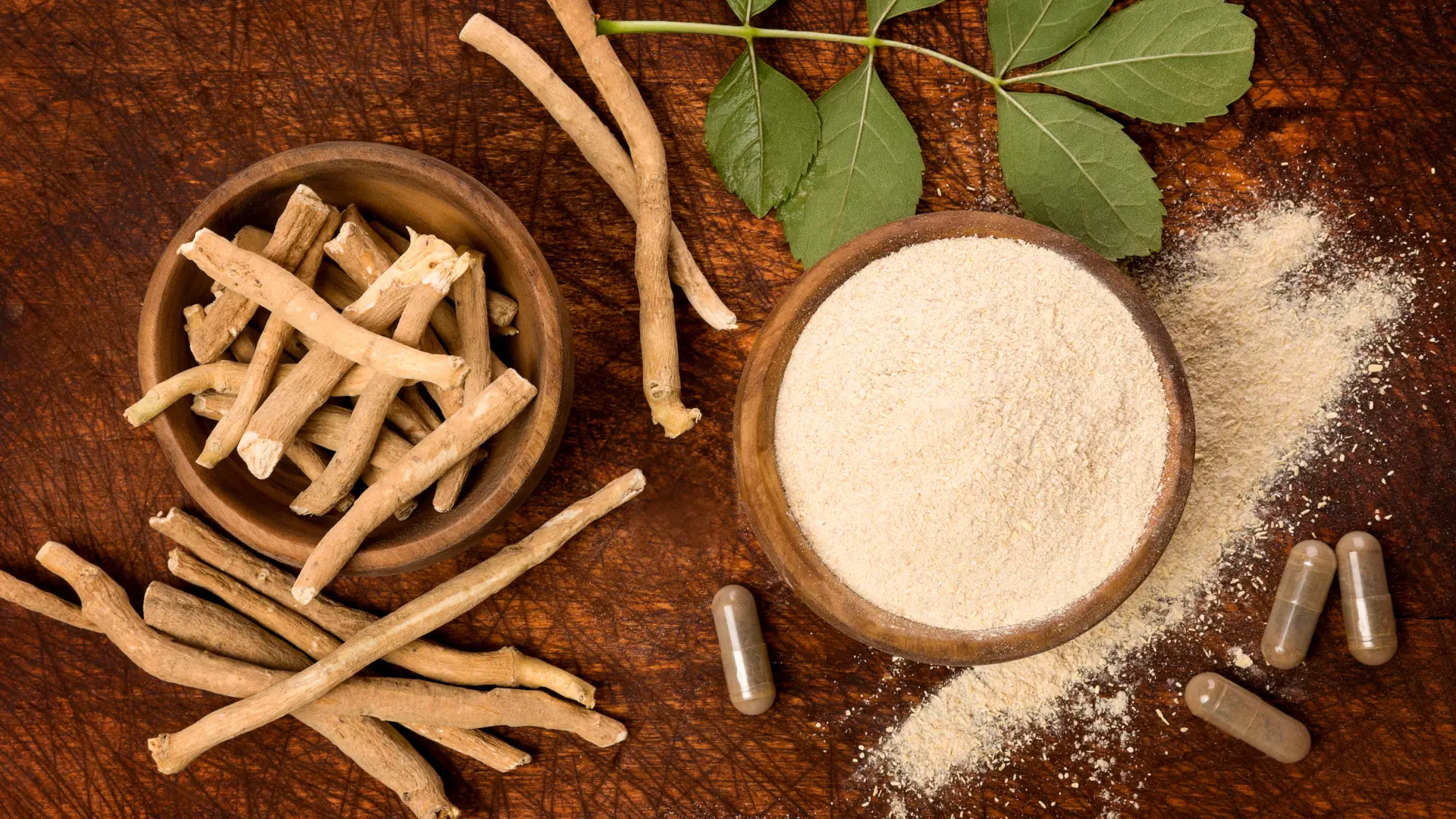
When it comes to optimizing men’s health, natural adaptogens like ashwagandha (Withania somnifera) have garnered significant attention. Ashwagandha is an ancient herb rooted in Ayurvedic medicine, known for its adaptogenic properties that help the body resist stress. Modern scientific research supports its benefits for various aspects of men’s health, from improving testosterone levels to enhancing muscle growth and cognitive function. Below, we’ll explore the science behind ashwagandha and why it may be a beneficial addition to men’s wellness routines. 1. Supports Healthy Testosterone Levels and Male Fertility Testosterone is a key hormone in men’s health, influencing muscle mass, energy levels, mood, and libido. Research suggests that ashwagandha can naturally support testosterone production. A randomized, double-blind, placebo-controlled study found that men supplementing with ashwagandha experienced a 17% increase in testosterone levels and a significant boost in sperm count and motility compared to those in the placebo group [1]. Another clinical trial showed that infertile men who took ashwagandha supplements saw improved sperm parameters and antioxidant levels, contributing to enhanced reproductive health [2]. 2. Enhances Strength and Muscle Growth For men looking to optimize physical performance, ashwagandha may serve as a valuable supplement. A 2015 study published in the Journal of the International Society of Sports Nutrition examined the effects of ashwagandha supplementation on resistance training. Participants taking ashwagandha experienced greater increases in muscle strength, muscle size, and testosterone levels compared to the placebo group [3]. Additionally, ashwagandha has been shown to reduce exercise-induced muscle damage and inflammation, allowing for faster recovery post-workout [4]. 3. Reduces Stress and Supports Mental Well-Being Chronic stress and high cortisol levels can negatively impact men’s health, leading to fatigue, anxiety, and even decreased testosterone. Ashwagandha has been extensively studied for its stress-reducing properties. A randomized controlled trial found that individuals supplementing with ashwagandha had significantly lower cortisol levels (up to 30%) compared to the placebo group, along with improvements in anxiety and overall well-being [5]. Moreover, ashwagandha has shown promise in enhancing cognitive function. A clinical study published in Evidence-Based Complementary and Alternative Medicine found that ashwagandha supplementation improved memory, focus, and reaction time in healthy individuals [6]. 4. Promotes Heart Health and Regulates Blood Sugar Levels Heart disease remains one of the leading causes of mortality in men. Emerging research suggests that ashwagandha may contribute to cardiovascular health by reducing inflammation, lowering blood pressure, and improving lipid profiles. A study conducted on individuals with stress-related hypertension showed a significant reduction in blood pressure after consistent ashwagandha supplementation [7]. Additionally, ashwagandha has been found to support healthy blood sugar levels. A 2020 meta-analysis revealed that ashwagandha could help lower fasting blood glucose and improve insulin sensitivity, making it a promising supplement for metabolic health [8]. 5. Boosts Stamina, Endurance, and Athletic Performance Whether you’re an athlete or simply want more energy throughout the day, ashwagandha may help. A study published in the Journal of Ayurveda and Integrative Medicine found that participants who took ashwagandha experienced significant improvements in endurance, oxygen consumption (VO2 max), and overall stamina during physical activity [9]. This makes ashwagandha an excellent option for men seeking to enhance their exercise performance and daily energy levels naturally. ✨5 Quick and Easy Ways to Support Screen-Free Play Designate one drawer or shelf in each room for screen-free activity supplies Create a “boredom buster” jar with activity ideas written on popsicle sticks Schedule a screen-free weekend once a month as a family reset Set up a family charging station away from bedrooms and living areas Take “before” photos of play spaces to remind yourself mess is part of the process How to Take Ashwagandha for Best Results For Energetic Kids (Ages 3-8) These screen-free play ideas channel physical energy in positive ways: Dosage and Best Practices For best results, ashwagandha should be taken consistently and in the correct dosage. Studies suggest that 250-600 mg per day of standardized ashwagandha extract is effective for stress reduction, testosterone support, and muscle growth [10]. Some individuals may require higher doses, and research supports doses up to 1,000-1,500 mg per day for enhanced effects [11]. However, while some sources recommend taking as much as 6,000 mg per day, it is best to stick to a moderate dosage unless under the supervision of a healthcare professional [12]. For optimal absorption, ashwagandha should be taken with meals and specifically a fatty food since it is a fat-soluble herb. Think healthy fats such as olive oil, avocado, and nuts. Additionally, black pepper extract can enhance its bioavailability. Look for a supplement that includes black pepper for superior absorption rate. Potential Side Effects and Contraindications Ashwagandha is generally well-tolerated, but some individuals may experience mild side effects such as digestive discomfort, drowsiness, or headaches. If you are new to ashwagandha, it’s best to start with a lower dose and assess how your body responds. Certain groups should exercise caution or avoid ashwagandha, including: Pregnant or breastfeeding women Individuals with autoimmune diseases (such as rheumatoid arthritis or lupus) as it may stimulate the immune system Those taking thyroid medications, as ashwagandha may increase thyroid hormone levels Individuals on blood pressure or blood sugar-lowering medications, as it may enhance these effects If you are currently taking medications or have a pre-existing condition, it is best to consult a healthcare professional before incorporating ashwagandha into your routine. Choosing a High-Quality Ashwagandha Supplement Not all ashwagandha supplements are created equal. When selecting an ashwagandha supplement, look for products that contain high-quality extracts and bioavailability enhancers like black pepper extract. For those looking for a trusted option, Healthful Seasons Ashwagandha with Black Pepper is a premium choice. This supplement offers 800 mg of pure Ashwagandha (2.5% withanolides) and includes black pepper in their formulation for best absorption. It is also third-party tested for purity and potency. You can find it here: Healthful Seasons Ashwagandha With Black Pepper. For those who prefer a gummy option, Nature Made Ashwagandha Gummies offer a tasty alternative: Nature Made Ashwagandha Gummies. Conclusion Ashwagandha is a scientifically backed adaptogen that offers numerous benefits for

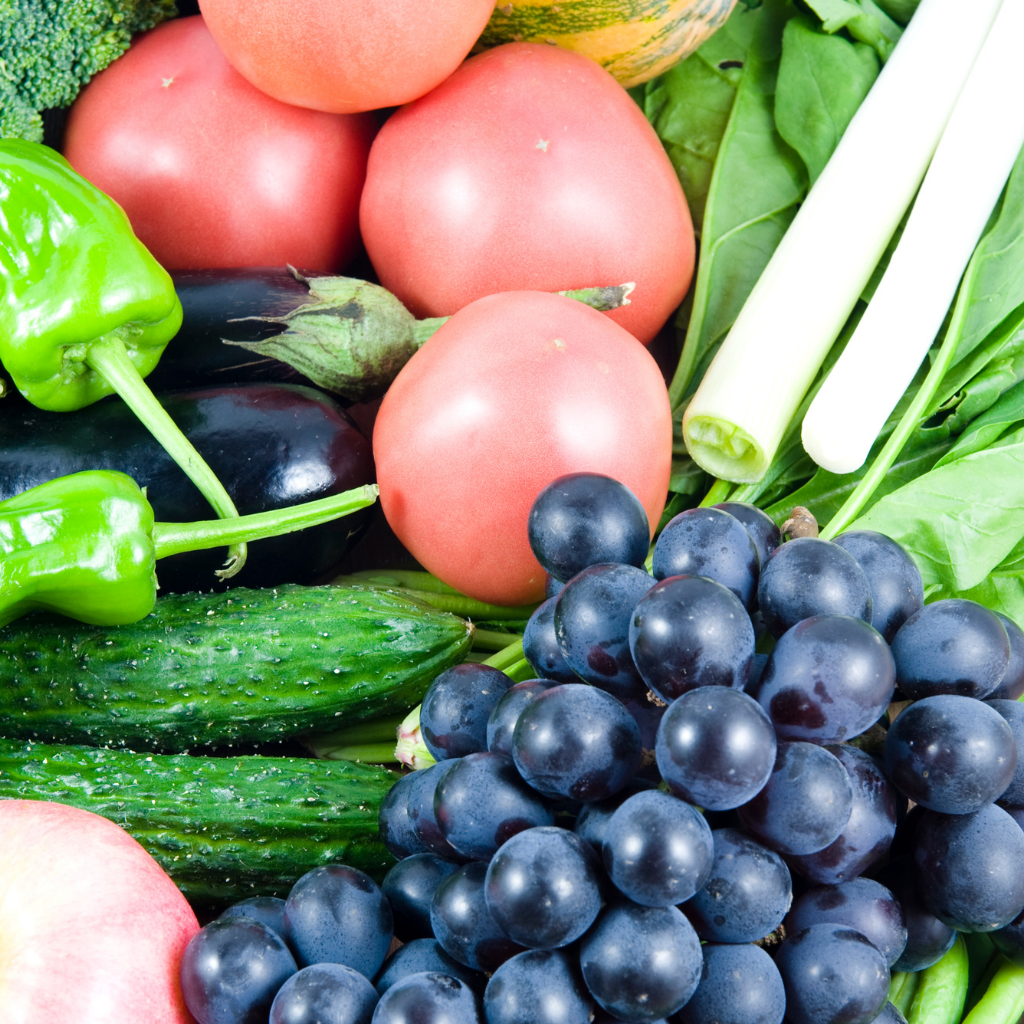



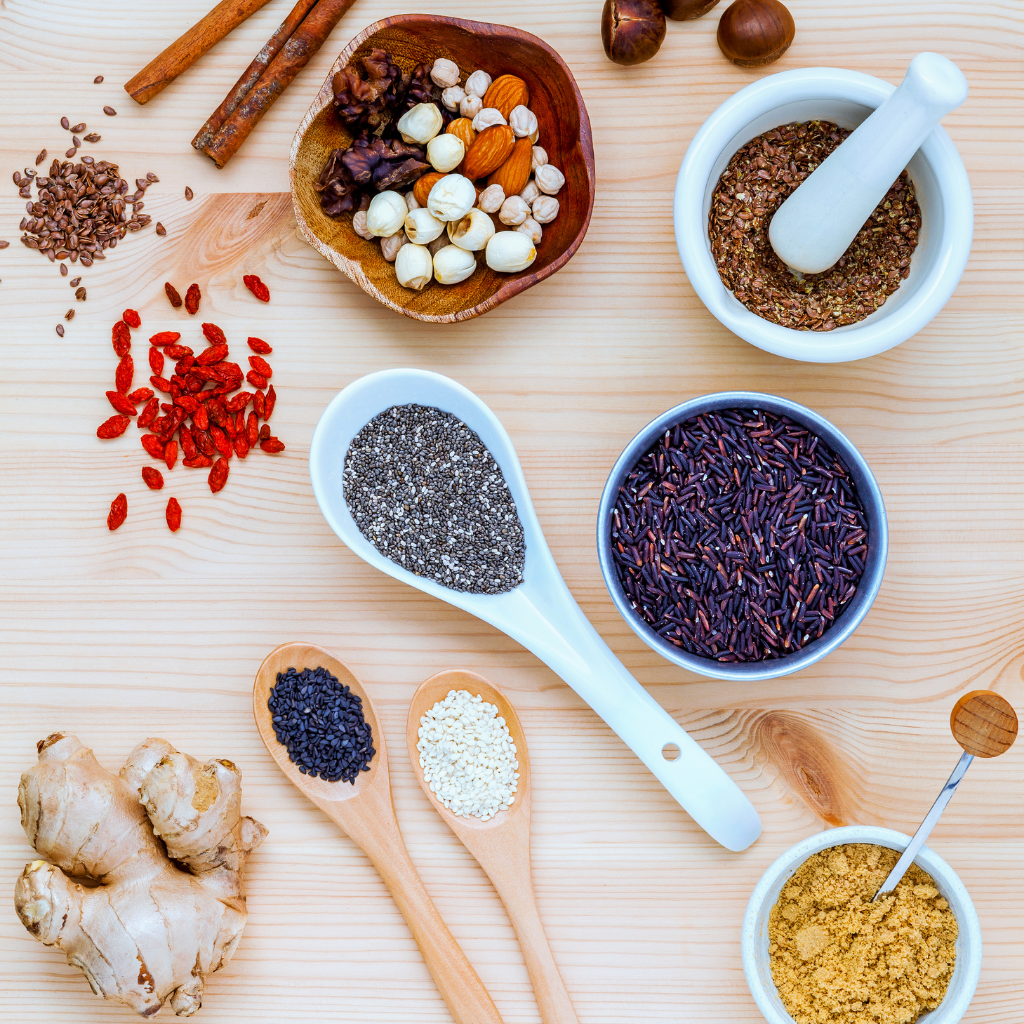



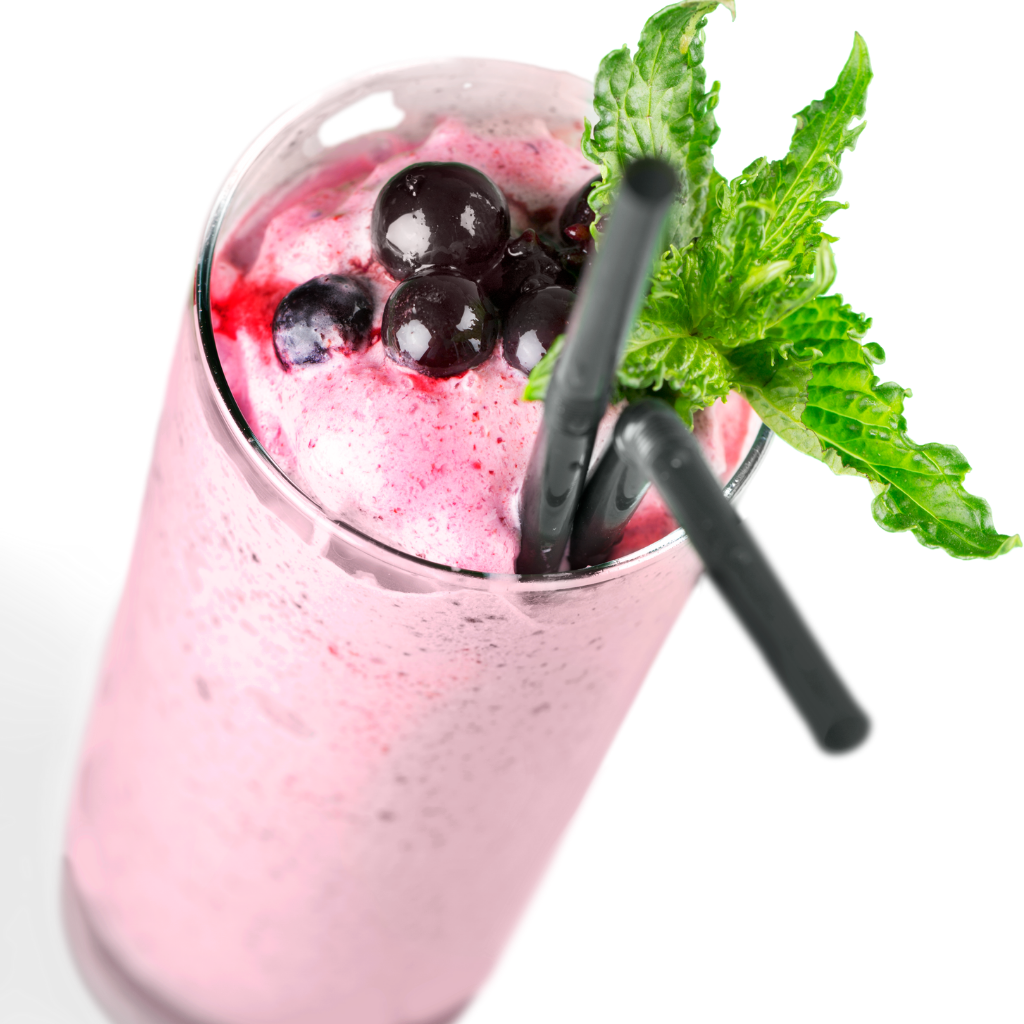
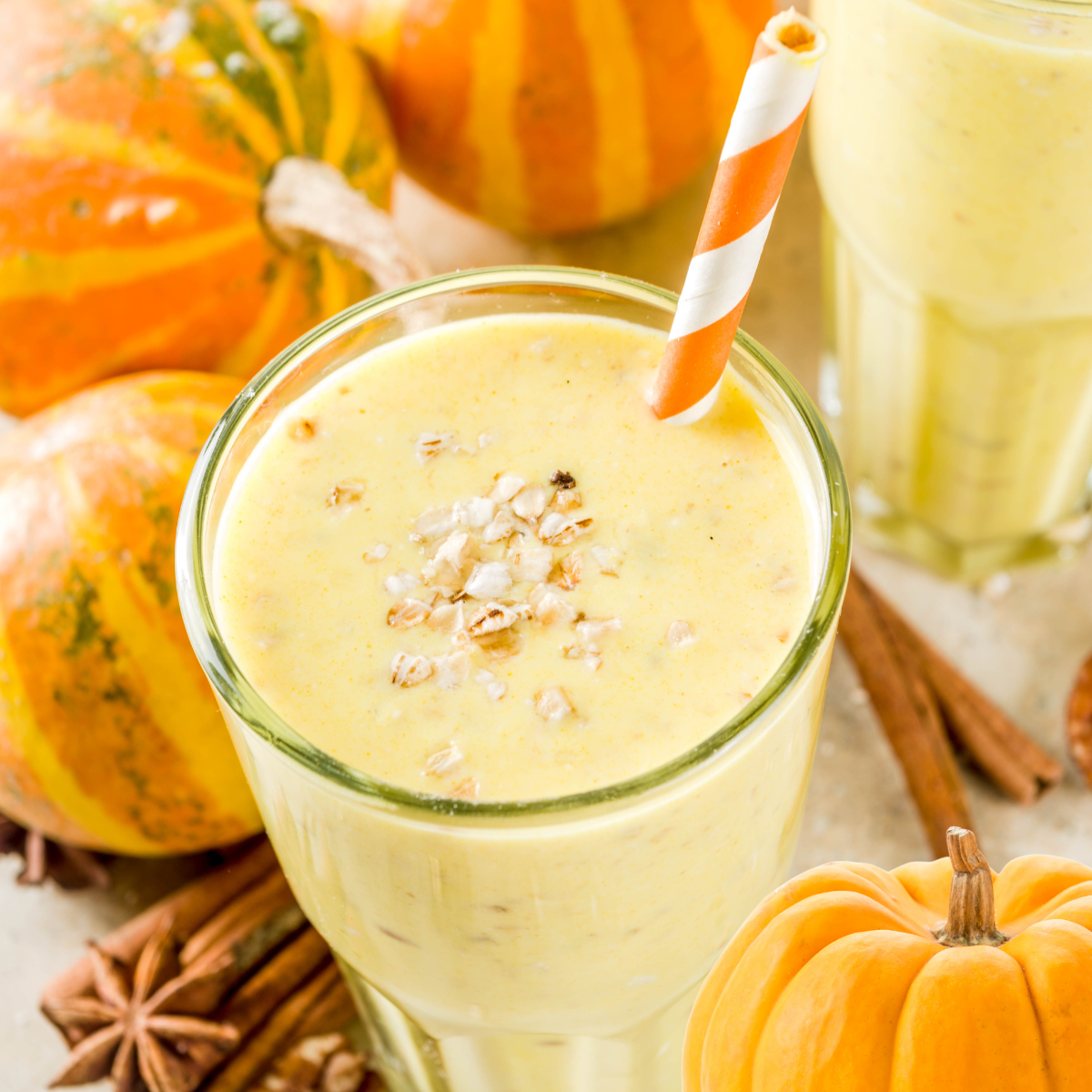








Filter out the noise and nurture your inbox with health and wellness advice that’s inclusive and rooted in medical expertise.